My research is situated at the interface of natural and social sciences and policy. It is interdisciplinary and theoretically integrative. I seek to understand the processes of co-evolution of scientific knowledge, technologic innovations, societal institutions and cultural norms, and their role in fostering a transition toward a more sustainable society.
My research has undergone a radical evolution over the years, in both theoretical and empirical domains.
The first stage of my career was in basic science, focusing on the the impacts of toxic chemicals on human health, and assessing and controlling the risks. My doctoral dissertation at New York University (1976) concerned itself with binding of cancer causing-chemicals (chemical carcinogens) to DNA and the changes it induced in the structure of DNA. The overarching question was this: what is the molecular mechanism of producing mutations in DNA by these chemicals, which eventually leads to cancer. I worked with aromatic amines (widely used to manufacture dyes) and polycyclic aromatic hydrocarbons (components of soot and petroleum products). For about a century, both classes of compounds have been known to induce human cancer in a variety of occupational settings.
During the years following the receipt of a doctorate in chemistry I continued deploying the methods of chemistry and biology to understand chemical carcinogenesis. I worked as a laboratory scientist at MIT. In 1981 I left laboratory science, which was inconsistent with my personality and my broad interest, to join the Massachusetts Department of Environmental Protection as its chief scientist. There, I interpreted scientific evidence in the fields of toxicology, epidemiology, environmental chemistry and other sciences in order to conduct health risk assessments, recommend to the commissioner of the agency public health policies as well as how to immediately respond to tix pollution episodes. I conducted epidemiological studies; developed dynamic pharmacokinetic models for skin absorption of environmental toxicants; and developed new methods for health risk assessment and risk management. My longest lasting legacy of that period was the Air Toxics Program, which four decades later is still in place.
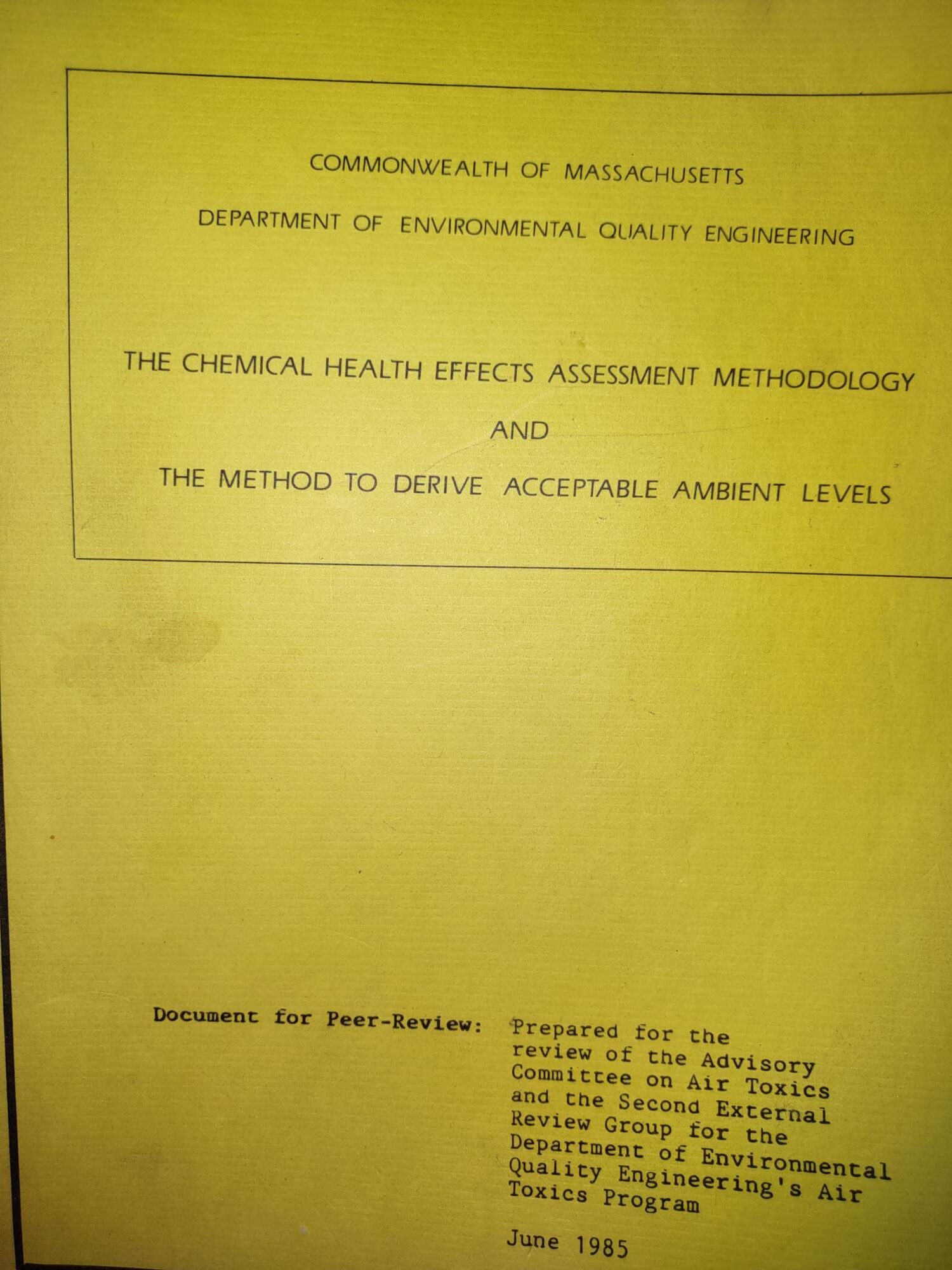
My most recent body of work concerns itself with sustainable consumption. It builds on the fundamental thesis that in the foreseeable future technology alone – through efficiency gains and adoption of renewable energy sources – will not reduce greenhouse gas emissions and other environmental pressures to sustainable levels. The demand for materials and energy in the wealthy countries of the Global North also must significantly decrease. I seek to understand the key factors in the workings of consumer society, and to identify leverage points in fostering a transition beyond this currently dominant economic/political/cultural system.
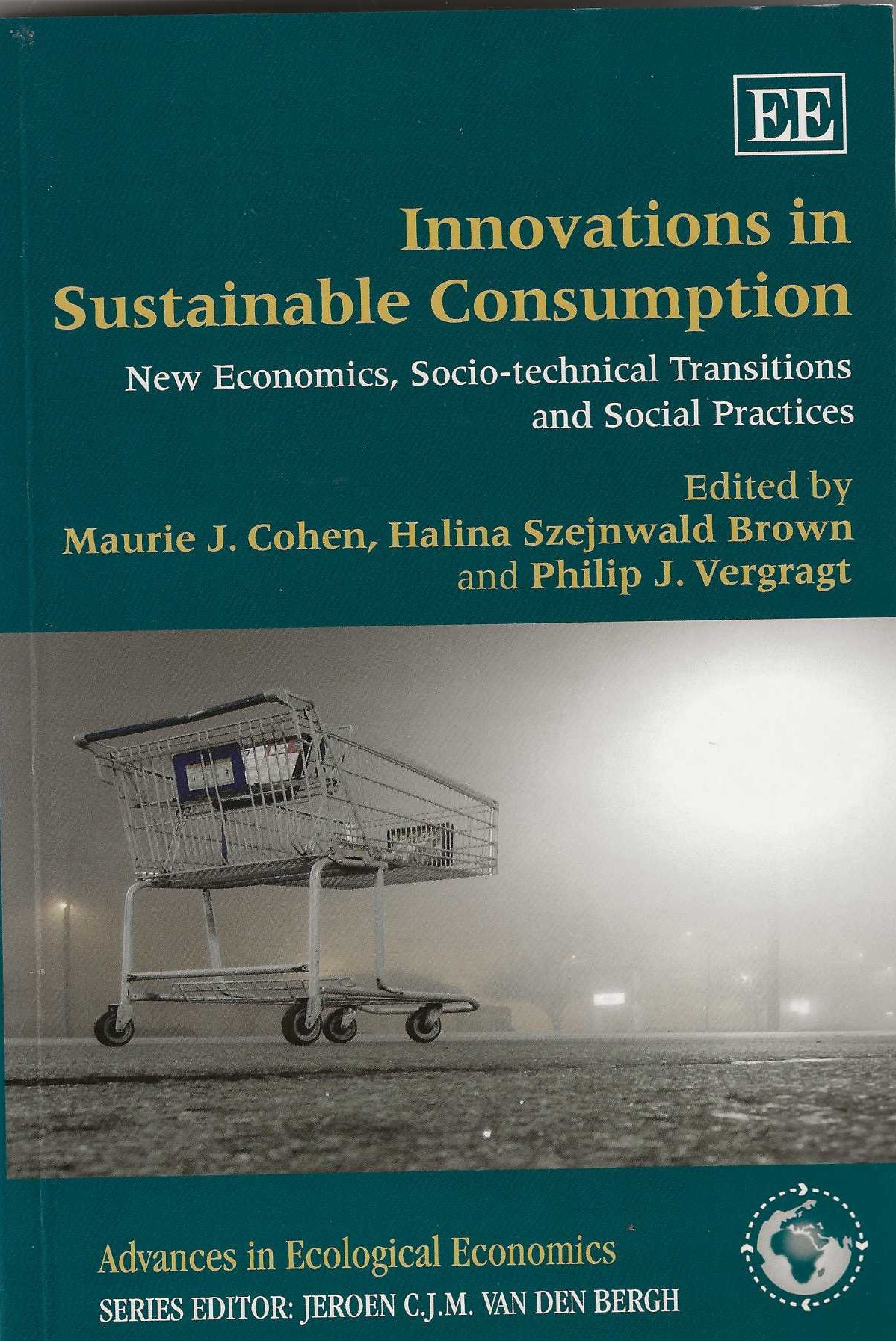
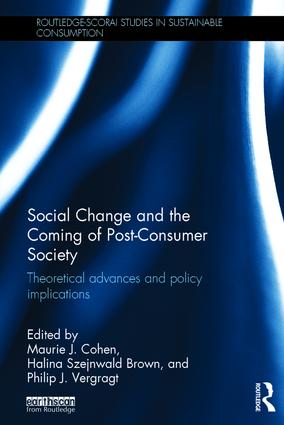
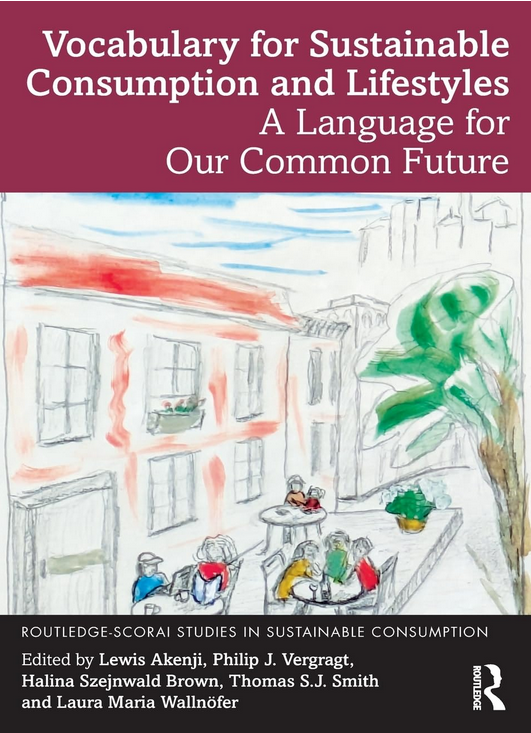
Another body of my research focuses on socio-technical system transitions. I studied small-scale experiments with new sustainable technologies – in personal mobility and buildings – and examined the higher order learning processes that occur therein. I have also been studying the socio-technical system transition toward a high energy performing housing sector.
My fourth research area has concerned itself with regulatory systems for controlling the environmental and occupational health hazards associate with industrial facilities. During the 1990’s we conducted case studies of siting of industrial facilities in developing countries by US-based multinational companies; and conducted a critical analysis of institutions and legal structures for to environmental and occupational protection in the US, Thailand, India, and Poland (the latter during the transition to market economy and democracy).
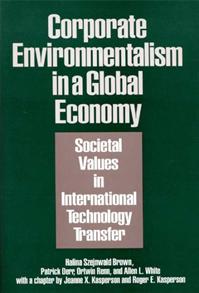
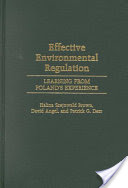
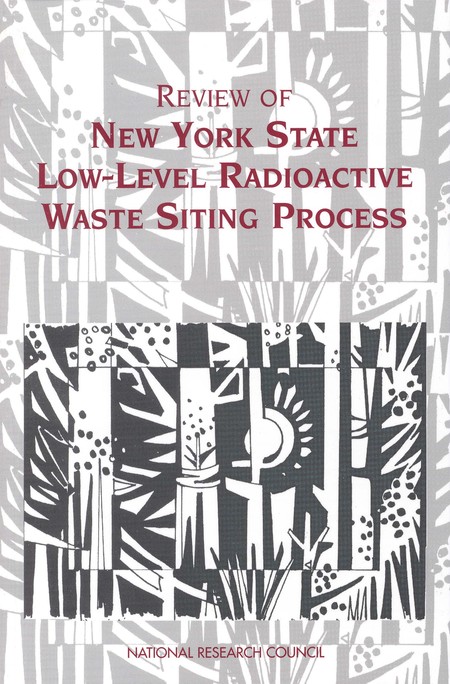
Closely related to the above has been my research on Global Reporting Initiative, GRI. Here, I probed the effectiveness of using information disclosure as a tool for regulating sustainability performance of companies: by way of mobilizing civil society, regulatory system and competitive market forces. The analysis focused on the process of institutionalization of GRI and its effectiveness as a multistakeholder institution.